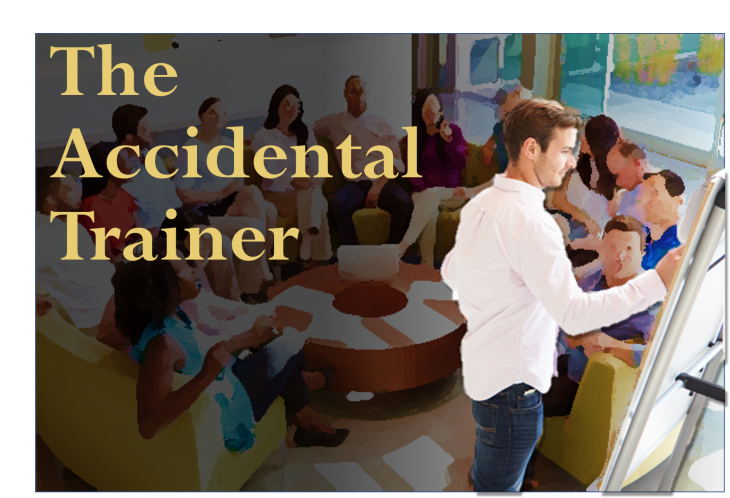
The Accidental Trainer – Changing Minds
An entire post devoted to helping trainers change minds…
In this Trainer Fuel we’re going to focus on “changing minds.” Changing minds is both an art and science and is the epicenter of what trainers do. Whether you’re a firearms instructor, a driving instructor, a tactics instructor, policy consultant, or leader developer it’s what we do. We change minds to modify behavior. If your a mind changer, this post is for you.
1. [VIDEO] Neuroplasticity and learning explained
Neuroplasticity is nothing new but is gaining momentum in the training industry. This short video (2:55) quickly explains how the neurons in our brains function and uses a simple acronym of A.G.E.S.: Attention, Generation, Emotion, and Spacing as a framework. Remember these two things as you watch this video and apply it to your training:
- Neurons that fire together wire together
- When it comes to neurons – use them or lose them
2. Changing Minds.org
This website is packed with links, references, and quick and easy-to-use posts. Don’t let the lack of flare on this classic HTML site fool you. It’s full of stuff trainers can use for developing themselves and others.
3. Facts Don’t Change Minds
In this in-depth post, the author takes on the challenge of changing minds. As the author points out changing minds of people requires much more than presenting them with facts. According to the author, “The mind doesn’t follow the facts. Facts, as John Adams put it, are stubborn things, but our minds are even more stubborn. Doubt isn’t always resolved in the face of facts for even the most enlightened among us, however credible and convincing those facts might be. As a result of the well-documented confirmation bias, we tend to undervalue evidence that contradicts our beliefs and overvalue evidence that confirms them. We filter out inconvenient truths and arguments on the opposing side. As a result, our opinions solidify, and it becomes increasingly harder to disrupt established patterns of thinking.”
4. Critical Decision Making and transformative Intervention
We make thousands of choices per day. Some sources say we make as many as 35,000 conscious decisions per-day[1] and keep in mind that may not account entirely for the unconscious decisions we make each day. Generally speaking, we make thousands of choices as a natural part of our lives. Of course, some are more comfortable than others and sometimes it is nearly impossible to make, “the right decision.” In this Post by Joe Willis, we explore the natural process the brain uses to make decisions, consciously as well as unconsciously and how to reflect on decisions and actions to improve future decisions.
5. Know Your Bias
Biases are a point of many conversations in Law Enforcement. This quick reference guide will help trainers facilitate discussions about bias The poster links to the source website where you’ll find more resources.
